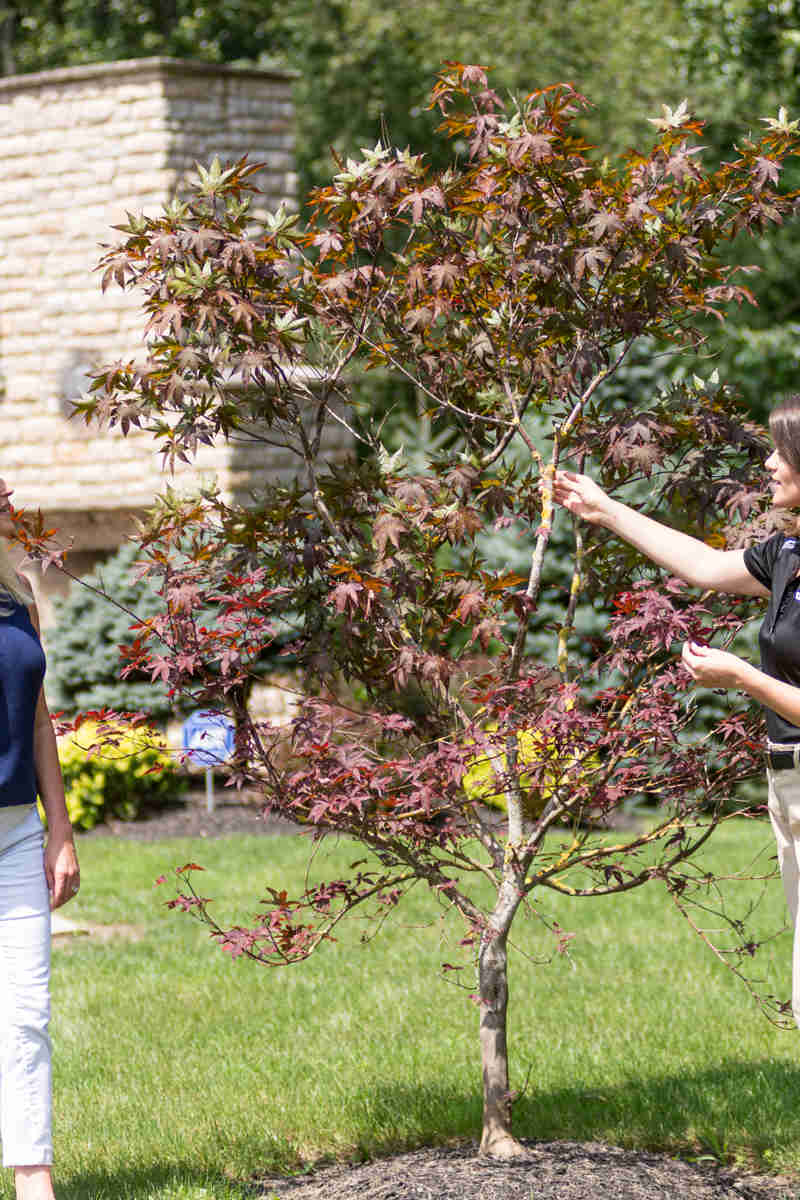Mites Description:
Mites are nearly invisible, but they can cause destruction that will surely be noticed on a variety of indoor and outdoor trees, shrubs, and plants.
Biology & Symptoms:
Signs that mites are present include spotting, bronzing, or yellowing of leaves and the presence of small webs between twigs.
Types of Mites
Like spiders, these arthropods have eight legs but often go unnoticed until after the damage has occurred. Different types of mites can feed on different plants—and often vary throughout different seasons. Common mites include:
- Two-spotted spider mites, which appear during summer and can attack more than 150 plant species
- Spruce spider mites, which thrive during cooler weather and can impact more than 40 species of conifers
- Southern red mites, which emerge in cooler seasons and feed on a variety of species—especially woody broad-leaved plants like rhododendrons, azaleas and hollies. Damage from these mites causes leaves to turn gray or dusty in appearance.
Management:
Regularly water and fertilize your plants as the likelihood of mite damage increases when plants are not sufficiently watered. If you suspect mites are attacking your plant, shake a branch while holding a piece of white paper beneath it. If mites are present, several may fall onto the paper.
To help reduce the number of mites, forcefully spray water on affected plants to help wash them off. Make sure to do this in the morning so you don’t scorch your leaves on a hot day. To further combat mites, apply miticide treatments or dormant oil.





